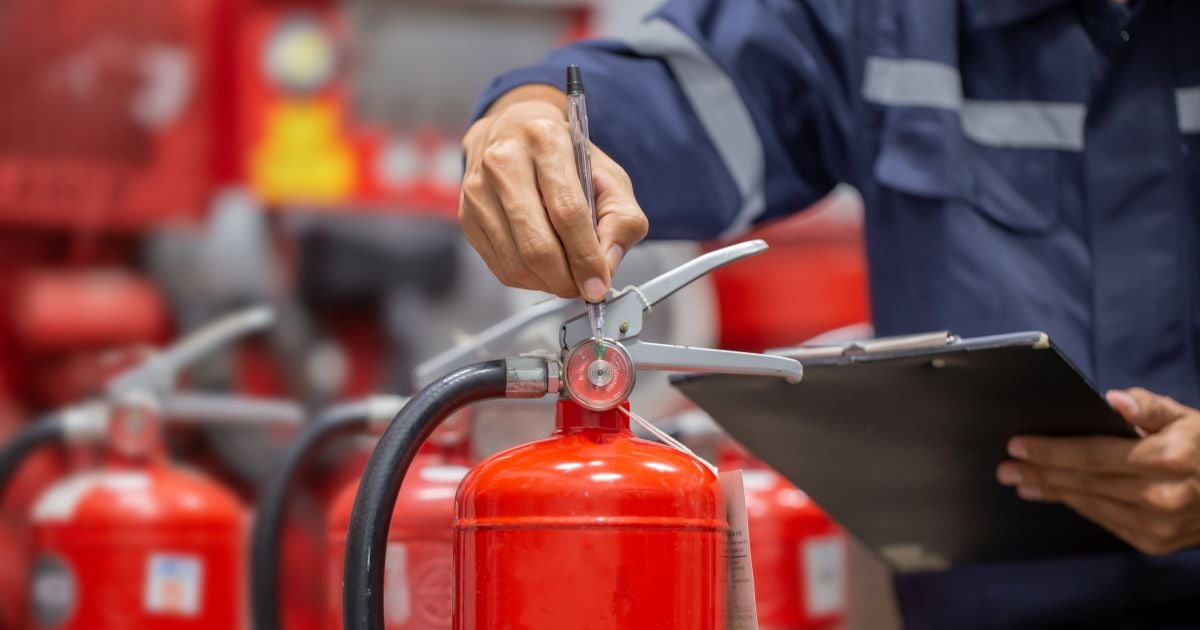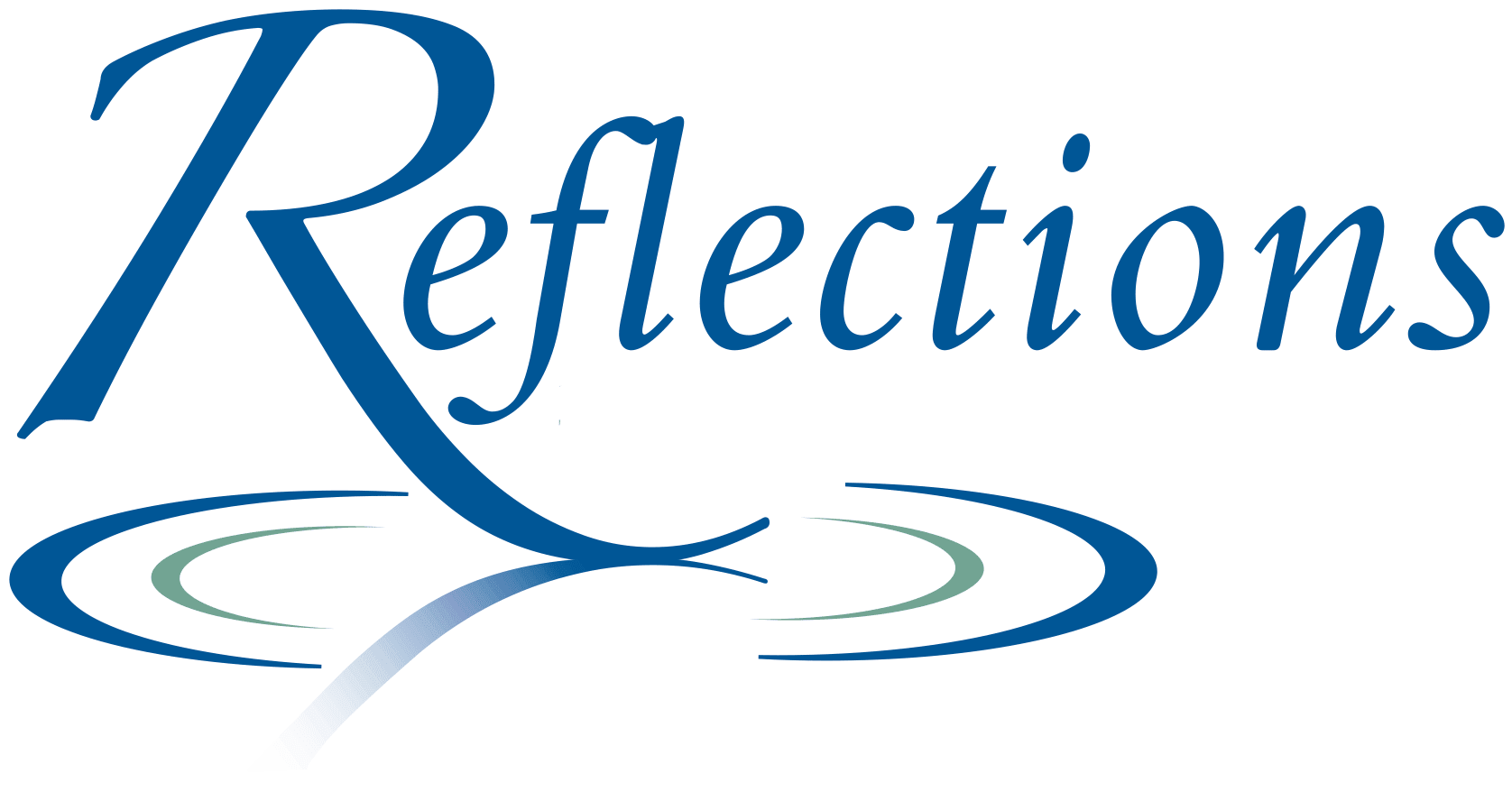Every business in Sydney, fire protection is not just legally required, it’s crucial to keeping employees customers, property, and even the employees protected. Fires can result in devastating costs in the shortest time, but the risk can be reduced or even eliminated with the proper security measures put implemented. Inspections for fires, regular testing and tagging of electrical systems, and conformity with CFSP rules all work to create a safer environment and ensure that businesses stay in compliance with the local government and Building Code of Australia (BCA) standards.

The importance of fire inspections to ensure safety
Fire Inspections are the first line of defense against potential hazards. Inspections ensure that each component of a building’s fire protection system is working and up to date. Many businesses are located in Sydney are required to carry out inspections at least six times annually, based on the building’s type and the council regulations. Inspections could include anything including smoke alarms and sprinkler systems as well as fire alarm panels and hydrants to emergency lighting, and even fire alarms.
What makes inspections so crucial is their capacity to uncover problems that are not obvious before they become dangerous. In the event of an emergency tiny flaw on a smoke detector, or the fire hydrant’s condition could seem insignificant. Regular fire inspections are a proactive approach for business owners to not only fulfill their legal obligations and protect themselves from unexpected disasters.
Testing and Tagging For Electrical Safety: Addressing Hidden Risks
Electrical systems can be the main cause of fires in the workplace. Testing and tagging is essential to a plan to ensure fire safety. The process involves examining the electrical equipment to make sure it’s safe, functioning and safe, then and then attaching a visible tag to indicate that the item has passed an inspection. For many businesses, this is more than a routine requirement it’s a way to protect against the risk of risks that can go without being noticed.
Old wiring, faulty appliances or worn-out cables could quickly become fire hazards when left unchecked. Businesses can minimize the chance of fires by testing regularly and marking electrical equipment. Additionally, it helps employees feel confident that their work environment is secure, thereby fostering trust and confidence in the workplace. The combination of testing, tagging, and fire inspections, you can create an extensive safety program which reduces risk on a variety of different fronts.
The role of CFSP is to ensure compliance and certification
Only a Competent Fire Safety Professional (CFSP), located in New South Wales, can be a signer and certify important documents pertaining to fire safety such as Annual Fire Safety Statements. The CFSP certification ensures that only professionals with the appropriate qualifications can evaluate and confirm the safety measures for fire. A partnership with the CFSP assures that inspection reports are not just paper work, they are reliable assessments by experts.
The job of a CFSP goes far beyond just the simple task of ticking boxes. These experts provide thorough reports and confirm compliance to rules and regulations. Companies without CFSP certification could be at risk of hefty fines, legal problems and even closure if their fire safety measures are deemed inadequate. Working with professionals who are certified will ensure that the fire safety system is maintained correct and that the requirements for compliance are met.
Fire Safety is a Continuous Involvement
Every business owner is obligated to take on the responsibility to make sure that fire safety is a top priority. Regular inspections and testing of electrical equipment, together with a proper certification from CFSP to create a safety cycle that doesn’t end. This is not just legal, but it also creates a safer environment at work. Employees are reassured that clear evacuation plans are in place Smoke alarms are working and tested for emergency lighting, and fire suppression systems are fully functional.
The safety of fire is a constant process, not a checkbox that businesses must tick every year. This reduces risk and improves the image of a business. When safety is prioritized, clients and customers feel more secure. Long term, investing preemptively to prevent fires saves cost by preventing expensive damages, fines, and legal battles.
Conclusion
Sydney’s fire safety system is an intricate process that includes inspections, testing, tagging as well as professional certification from a CFSP. Every element plays a critical part in ensuring that businesses are compliant with regulations and, more crucially, in ensuring people and property are protected. Companies that place safety as an essential aspect of their work and not just a side note will meet their legal obligations as well as create a more stable, secure environment.
